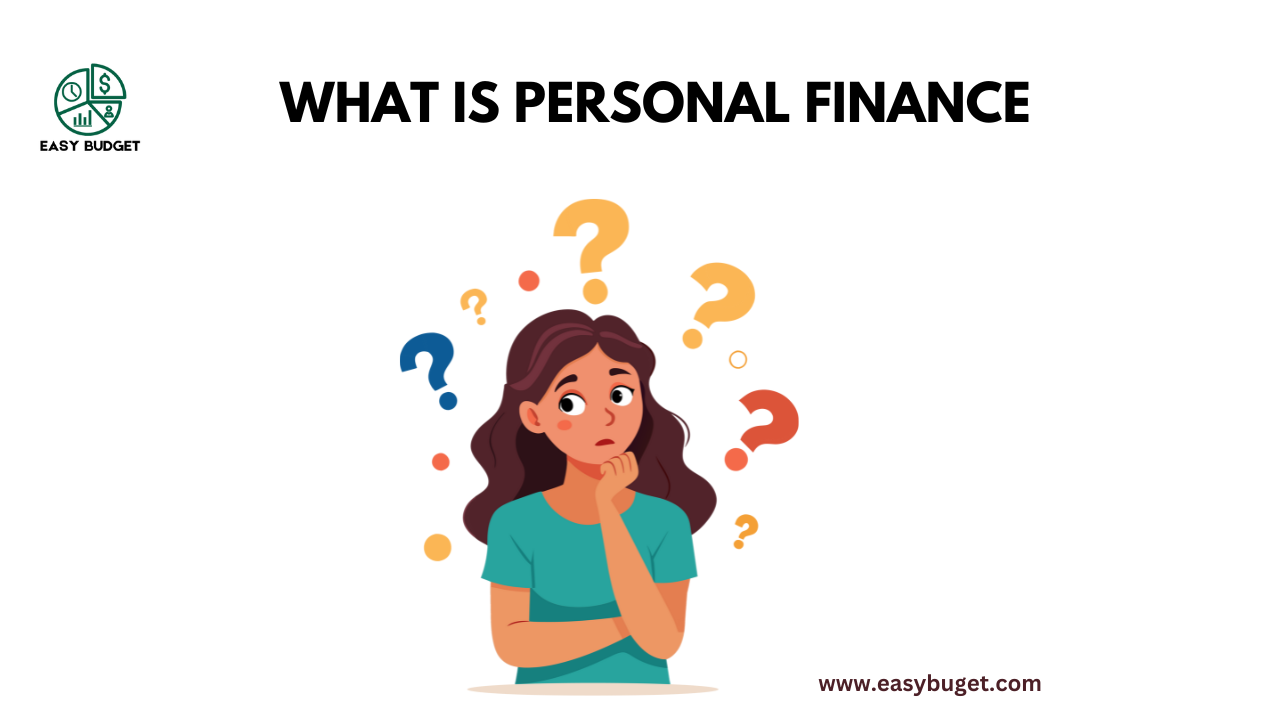Budgeting apps make it easier to track expenses, manage income, and reach financial goals. With the right budgeting app, you can organize your finances, set spending limits, and monitor savings all in one place.
This guide explains how to use budgeting apps effectively to improve financial habits and make informed money decisions.
Lets gets started!
How to Pick the Best Budgeting App for Your Needs
Not all budgeting apps are created equal. To find the right one for you, consider the following factors:
1. Features
Look for apps that offer the features you need, such as:
- Expense tracking.
- Budget creation.
- Savings goal setting.
- Bill reminders.
2. Ease of Use
Choose an app with a user-friendly interface. If it’s too complicated, you’re less likely to stick with it.
3. Cost
Some apps are free, while others charge a monthly fee. Decide what fits your budget.
4. Security
Ensure the app uses encryption and has strong privacy policies to protect your financial data.
5. Compatibility
Make sure the app works on your device and syncs with your bank accounts.
For a side-by-side comparison of popular apps, visit The Balance’s list of best budgeting apps.
How to Use Budgeting Apps: A Beginner’s Guide
Ready to get started? Here’s a step-by-step guide on How to Use Budgeting Apps effectively:
1. Download and Set Up
- Choose an app that meets your needs (e.g., Mint, YNAB, PocketGuard).
- Create an account and link your bank accounts, credit cards, and loans.
2. Set Your Budget
- Input your monthly income and expenses.
- Use the 50/30/20 rule as a starting point:
- 50% for needs (rent, utilities, groceries).
- 30% for wants (entertainment, dining out).
- 20% for savings and debt repayment.
3. Track Your Spending
- Monitor your transactions and categorize them (e.g., groceries, transportation, entertainment).
- Review your spending weekly to stay on track.
4. Set Savings Goals
- Create goals for emergencies, vacations, or big purchases.
- Use the app’s tools to track your progress.
5. Review and Adjust
- Check your budget regularly and make adjustments as needed.
- Celebrate small wins to stay motivated.
For more tips on setting up a budget, check out Mint’s budgeting guide.
5 Best Budgeting Apps to Try
Here are some of the top budgeting apps to consider:
1. Mint
- Best for: Free budgeting and expense tracking.
- Features: Budget creation, bill reminders, credit score monitoring.
2. YNAB (You Need A Budget)
- Best for: Breaking the paycheck-to-paycheck cycle.
- Features: Zero-based budgeting, goal tracking, debt payoff tools.
3. PocketGuard
- Best for: Simplifying budgeting.
- Features: Shows how much you can safely spend, tracks bills and subscriptions.
4. EveryDollar
- Best for: Fans of Dave Ramsey’s budgeting principles.
- Features: Zero-based budgeting, expense tracking, savings goals.
5. GoodBudget
- Best for: Envelope budgeting fans.
- Features: Digital envelopes, expense tracking, syncing across devices.
7 Tips to Maximize Your Budgeting App Experience
To get the most out of your budgeting app, follow these tips:
1. Be Consistent
Update your app regularly to keep your budget accurate.
2. Set Realistic Goals
Start small and gradually increase your savings targets.
3. Use Alerts
Enable notifications for bill due dates and overspending warnings.
4. Sync All Accounts
Link all your bank accounts, credit cards, and loans for a complete picture.
5. Review Reports
Analyze spending trends to identify areas for improvement.
6. Stay Honest
Don’t ignore overspending—address it head-on.
7. Explore Features
Take advantage of tools like debt payoff calculators or investment tracking.
For more budgeting tips, check out Investopedia’s budgeting guide.
5 Mistakes to Avoid with Budgeting Apps
Even the best budgeting apps won’t help if you make these common mistakes:
1. Not Linking All Accounts
Missing accounts can lead to an incomplete budget.
2. Ignoring Alerts
Notifications help you stay on track—don’t ignore them.
3. Setting Unrealistic Goals
Overambitious goals can lead to frustration.
4. Forgetting to Update
Manual entries are necessary for cash transactions.
5. Giving Up Too Soon
It takes time to see results stick with it.
Frequently Asked Questions About Budgeting Apps
What is the best budgeting app?
It depends on your needs, but Mint and YNAB are popular choices.
Are budgeting apps safe?
Yes, most apps use encryption and have strong privacy policies.
Can budgeting apps help me save money?
Absolutely! They help you track spending and set savings goals.
Do I need to pay for a budgeting app?
Some apps are free, while others charge a fee. Choose one that fits your budget.
How do I start using a budgeting app?
Download the app, create an account, and link your bank accounts to get started.


